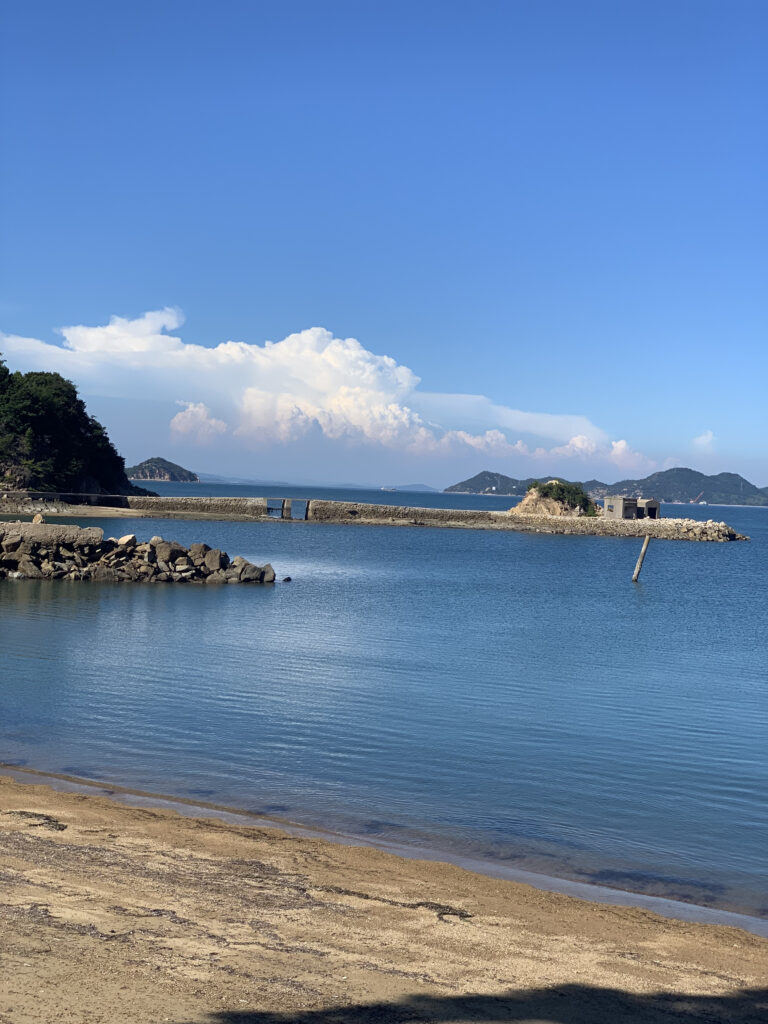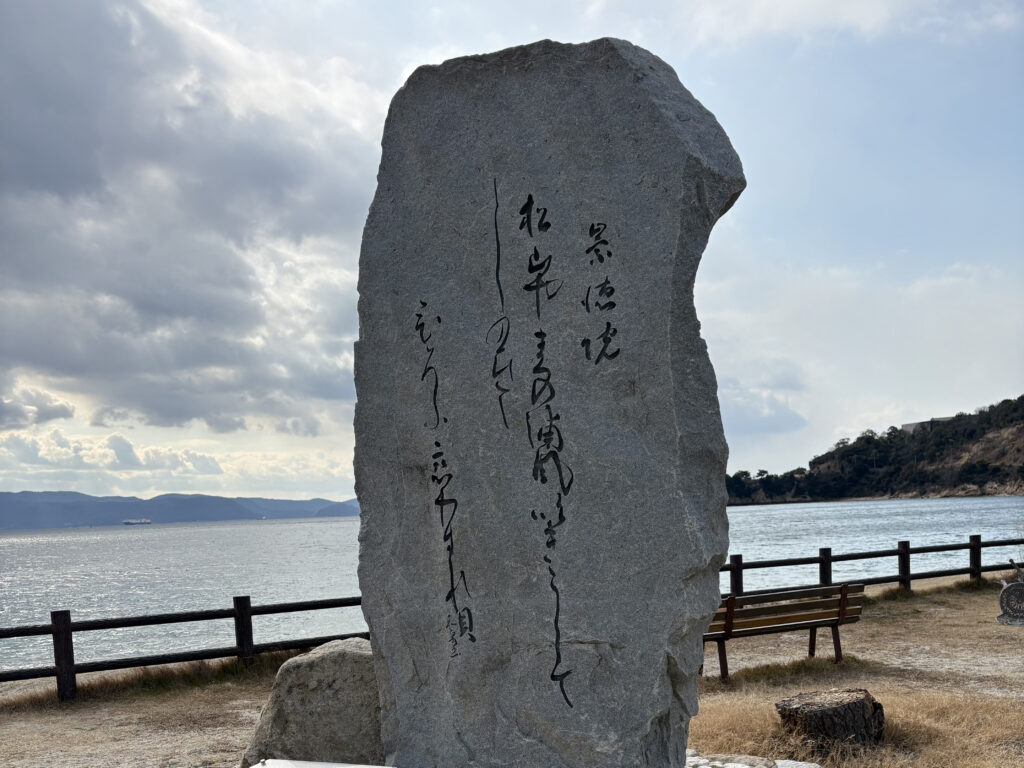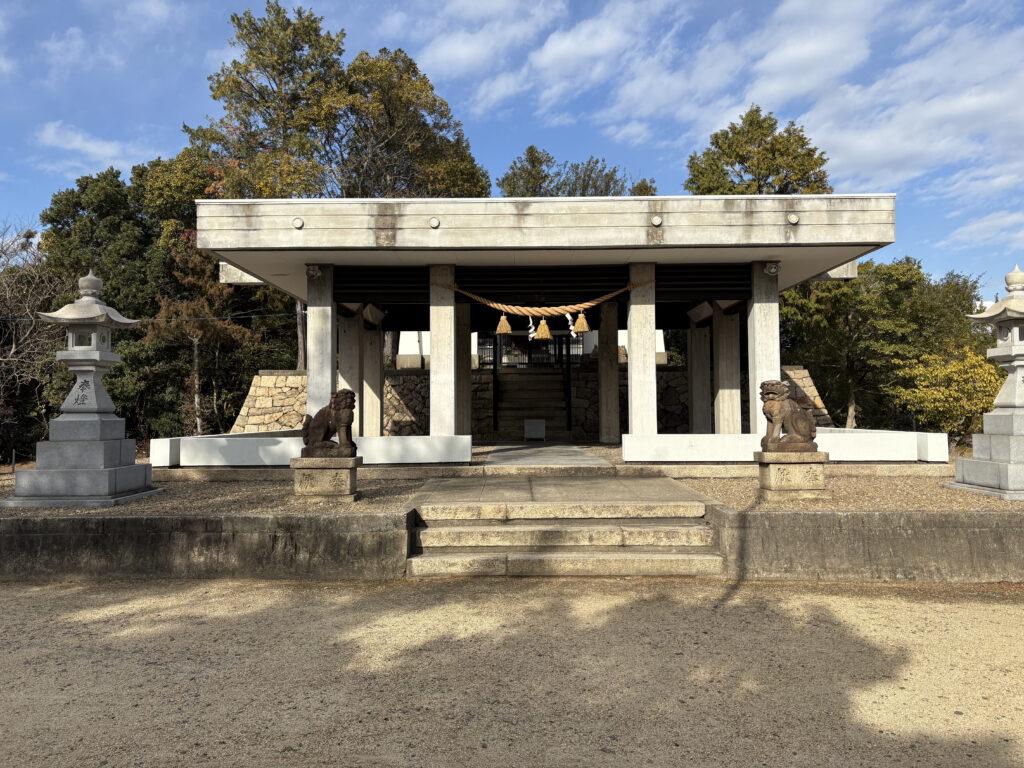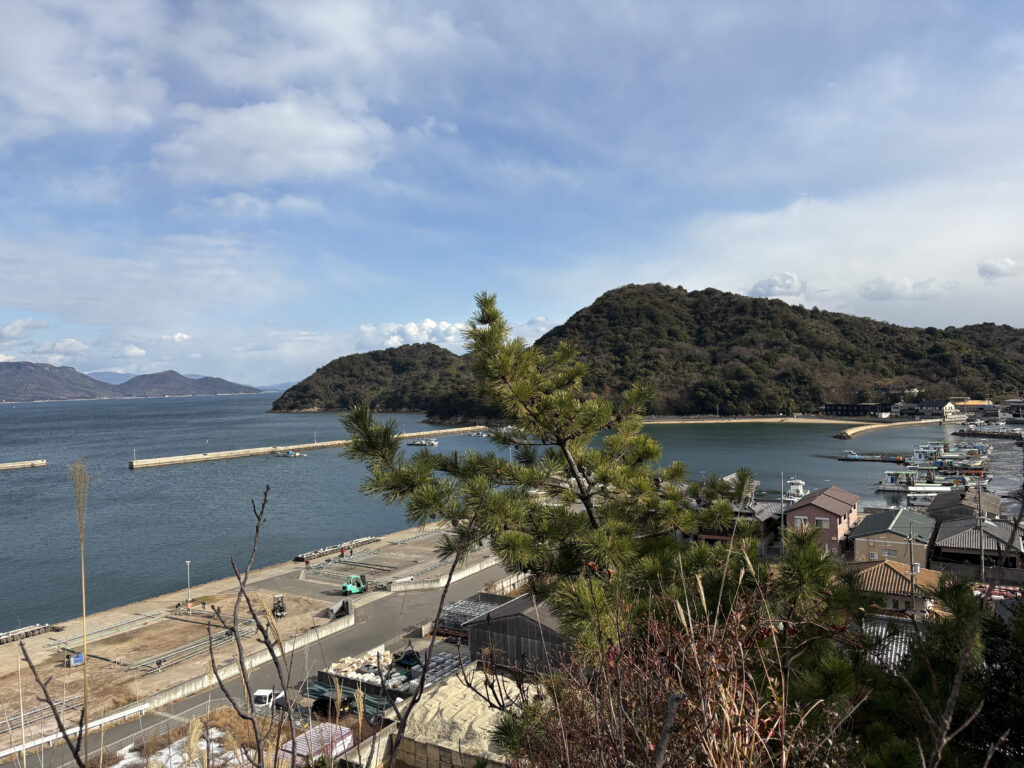Emperor Sutoku and Naoshima: A Forgotten Exile on the Island of Art

Naoshima is known around the world today as a haven for contemporary art.
But behind its modern galleries and installations lies a lesser-known legend—one that dates back to the 12th century and speaks of a fallen emperor, a poetic lament, and an island that offered quiet refuge in a time of political chaos.
This is the story of Emperor Sutoku and his fateful connection to Naoshima.
Who Was Emperor Sutoku?

Source: 『天子摂関御影』
Emperor Sutoku (1119–1164) reigned during the early 12th century, a period rife with political tension in the imperial court.
After abdicating the throne, he continued to exert influence through the practice of “insei” (cloistered rule).
However, in 1156, he was at the center of the Hōgen Rebellion, a violent power struggle against his younger brother, Emperor Go-Shirakawa.
Defeated, Sutoku was stripped of his titles and banished to Sanuki Province, in what is now eastern Kagawa Prefecture.
There, he lived the rest of his life in seclusion, turning to religious devotion but burdened by humiliation and grief.
In Japanese folklore, he later became one of the “Three Great Vengeful Spirits,” feared and revered in equal measure.
A Hidden Chapter: The Naoshima Legend

Though official historical records merely state that Sutoku was exiled “to Sanuki,” oral tradition on Naoshima tells a richer story.
According to local lore, his ship was denied landing on the Shikoku mainland, and instead found temporary refuge at a cove on Naoshima’s western shore, known as Tomarigaura (泊ヶ浦).
Some versions of the legend say Sutoku and his attendants stayed on the island for several days; others claim he remained for as long as three years, waiting for permission to move on.
Though not documented in classical texts like the Hōgen Monogatari, the tale persists through monuments and memory.
A Poem in the Wind: The Waka of godanji

On Naoshima’s southern coastline lies godanji, a pine-lined beach where a poem attributed to Sutoku is inscribed on a stone monument:
Matsuyama ya / Matsu no ura kaze fukikoshite / Shinobite hirou / Koi wasuregai
“On pine-covered shores, / I secretly gather seashells— / tokens to forget / a love left behind, / blown here by the wind.”
The verse is thought to reflect his longing for Kyoto and the heartbreak of exile.
The poem is also linked to a local shell known as the “Koi-wasure-gai” (literally “forget-a-love shell”), which islanders still reference in stories today.
Memories of Emperors Remaining on the Island

Every year in October, an autumn festival is held at a shrine in each district.
The first Saturday and Sunday of the festival is at the Sotoku Emperor Shrine, where islanders carry a portable shrine in a parade to pray for a good harvest and peace.
This is an important event that allows people to feel the presence of the emperor on the island.
Naoshima has a large number of immigrants, but the island’s population has been declining for some time.
This festival is a valuable opportunity to learn about the island’s traditions and history.
If you have a chance to visit at this time, you may be able to experience firsthand the distant memories of Naoshima.
Between History and Folklore

Historians caution that there’s no direct evidence in official chronicles to confirm Emperor Sutoku’s presence on Naoshima.
Yet the island’s cultural memory retains his image.
In addition to the poem monument, a small shrine—sometimes referred to as Sutoku Tennō-gū—stands near the place where his temporary quarters are believed to have been.
Another local legend claims that it was Sutoku himself who gave the island its name. T
Touched by the villagers’ honesty and compassion, he supposedly called it “Naoshima,” meaning “island of sincerity” (直島).
Legacy in a Contemporary Setting

Today, most visitors to Naoshima come for the contemporary art: Yayoi Kusama’s polka-dotted pumpkins, Tadao Ando’s minimalism, and immersive installations housed in former schools and shrines.
But the island holds more than modern creativity—it holds memory.
The story of Emperor Sutoku, whether factual or folkloric, offers a poetic counterpoint to the island’s bold visuals.
In the quiet corners of Naoshima, where the sea brushes against ancient pine and stone, the echoes of a broken emperor still drift in the wind.
Sources:
- Hōgen Monogatari
- Oral traditions and tourism literature from Naoshima
- Kagawa regional histories
- Local guides and folklore specialists
